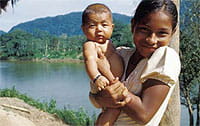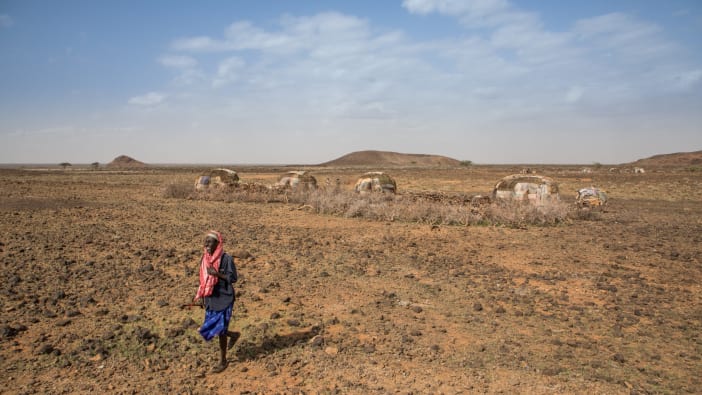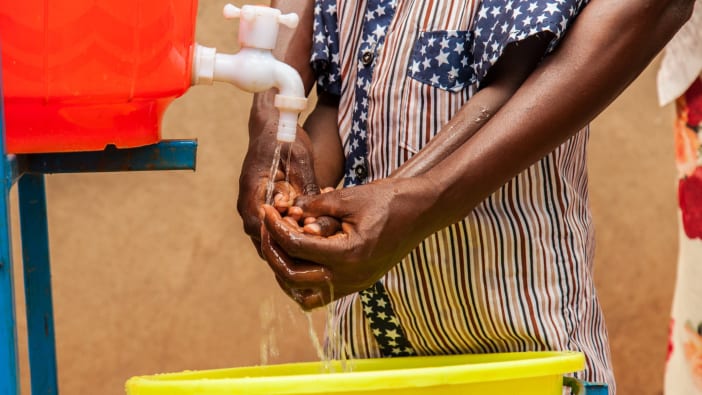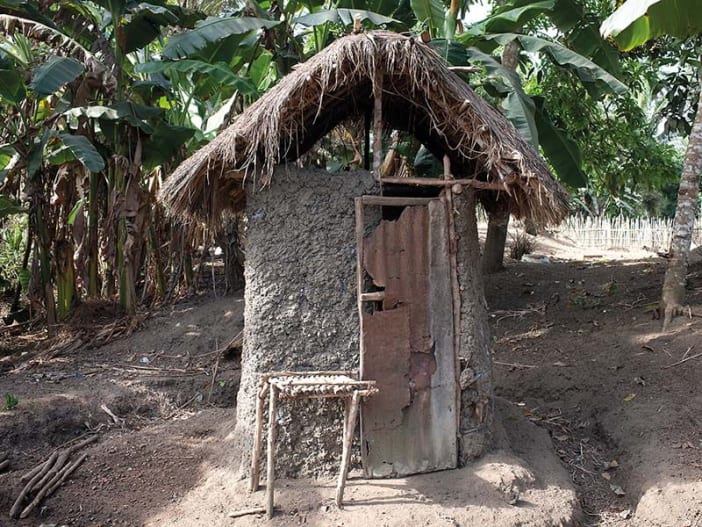Many organisations support water projects that aim to resolve the problem of access to water. However, they do not always see the results they hope for. Even where people have access to a basic water supply, there may still be water-related health problems. This is because social and cultural factors influence the use, control and quality of water.
Research into these factors was carried out in the Mosquitia region of Honduras. Using home-based surveys, focus groups and observation, the researchers looked at people’s knowledge, attitudes and practice regarding the use of water in the household. It involved three ethnic groups (Garifunas, Miskitos and Ladinos-Mestizos), representing three different cultures, since the ways people use water within the home are often influenced by traditional customs. Community leaders and secondary school pupils from the communities helped to gather the information.
The communities involved in the study are all poor and face food security problems during some parts of the year. Although there are several sources of water in this region, many of them are contaminated by soil erosion, chemicals used in farming, sewage, or poisonous waste. Each of the communities involved in the research have a piped water supply that brings water directly into the homes of many families. The communities have also benefited from recent government and private investments aimed at building and improving local infrastructure and equipment for the provision of health care. Training workshops, radio programmes, posters and other educational materials have been produced to promote good health, including the importance of treating water in the home to ensure it is safe to drink.
Despite all this, there remain high rates of illness and mortality. Many of these illnesses are connected with the use, management and treatment of water in the home.
Treating water
The research found that everyone in the three communities had some knowledge of the importance of managing and treating water for drinking (Footsteps 51). However, this knowledge is not always applied. Many people do not realise that the water piped into houses is not necessarily safe to drink. Seventy-five percent of the Garifuna families carry out some kind of water treatment in their homes but less than half of the Mestizo and Miskito families apply their knowledge about water treatment. In all three groups, despite different cultural traditions, the methods most commonly used to make water suitable for drinking are:
- boiling
- heating water in the sun
- adding chlorine. However, because chlorine is expensive, people do not use it consistently, unless it is provided free by health centres.
Storing water within the home
Once water is treated, it is usually stored in barrels, buckets or plastic containers. These do not always have lids to cover and protect them, which means the water gets contaminated by dust, mosquitoes and flies. Evidence of this was found in every home.
People use jars or cups to dip into the containers to get water. Often, many different people use the same cup, and their hands come into contact with the water as they do this. As people generally do not wash their hands, this can spread germs into the water. Often the same cup is used both to obtain water and to drink it, and is reused without being washed clean. In this way germs are passed on.
Other related customs
The lack of good hygiene and sanitation in homes and communities is another key factor. Examples include:
- domestic waste often fills the back yards
- latrines are not cleaned very often
- waste is released near natural water sources
- latrines are built near to rivers and the sewage from some of the latrines goes directly into the rivers.
Usually, the children in these communities do not wear shoes. As they play, they come into contact with water, rivers and lakes that have different degrees of contamination. Women spend a lot of time washing clothes in the rivers and in areas that tend to form pools of standing water, where the bacteria that cause illnesses can grow. Hand-washing is vital after using the toilet or before preparing or eating food, but this is often neglected. In this way, disease can be passed on to other members of a family or community.
Conclusion
Although information and knowledge about water and sanitation has been passed on within these communities, this has not automatically led to changes in practice. There is no long-term support and reflection to encourage good practices of hygiene and water treatment. All the communities demonstrated practices that could harm the quality of their health – it is not just a problem for certain groups.
Providing communities with access to safe water not only requires more effective technological solutions but it also involves training, awareness-raising and organisation at the community level. This is needed to make sure that all community members follow good practice around the use and treatment of water. This process requires sustained and informed support that respects local cultural traditions and takes into account the different needs of men and women and children.
Yudith Contreras Veloso is an anthropologist, and this article was based on research carried out in 2001 and 2002 for her thesis on ‘Sanitary Conditions, Cultural Diversity and Impact on Health’.
Apartado Postal 15133
Tegucigalpa
Honduras
Email: [email protected]










